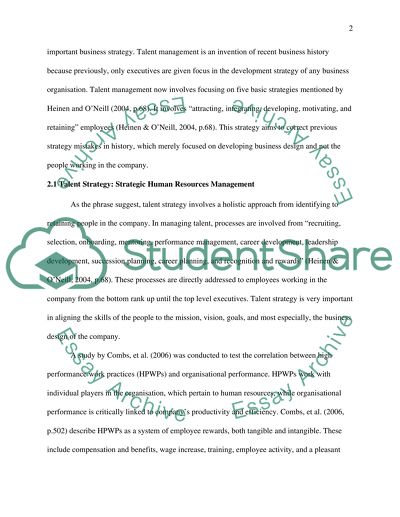Cite this document
(“Is individual performance the key to organisational performance Essay”, n.d.)
Is individual performance the key to organisational performance Essay. Retrieved from https://studentshare.org/miscellaneous/1615725-is-individual-performance-the-key-to-organisational-performance-critically-discuss-with-reference-to-different-approaches-to-hrm
Is individual performance the key to organisational performance Essay. Retrieved from https://studentshare.org/miscellaneous/1615725-is-individual-performance-the-key-to-organisational-performance-critically-discuss-with-reference-to-different-approaches-to-hrm
(Is Individual Performance the Key to Organisational Performance Essay)
Is Individual Performance the Key to Organisational Performance Essay. https://studentshare.org/miscellaneous/1615725-is-individual-performance-the-key-to-organisational-performance-critically-discuss-with-reference-to-different-approaches-to-hrm.
Is Individual Performance the Key to Organisational Performance Essay. https://studentshare.org/miscellaneous/1615725-is-individual-performance-the-key-to-organisational-performance-critically-discuss-with-reference-to-different-approaches-to-hrm.
“Is Individual Performance the Key to Organisational Performance Essay”, n.d. https://studentshare.org/miscellaneous/1615725-is-individual-performance-the-key-to-organisational-performance-critically-discuss-with-reference-to-different-approaches-to-hrm.


